Divergence is a project curated by Shulea Cheang, part of the Eleonore 2014 Residency The Soft, the Hard and the Wet that has been developed at STWST in Linz, Austria on June 2014.
For the full documentation of the work that was realized during the residency check out the Stadtwerkstatt blog:
http://donautics.stwst.at/lab/story/divergence
More info at: http://afroditipsarra.com
Schematics and code available at Github: https://github.com/afrdt/Divergence
 Afrdt
Afrdt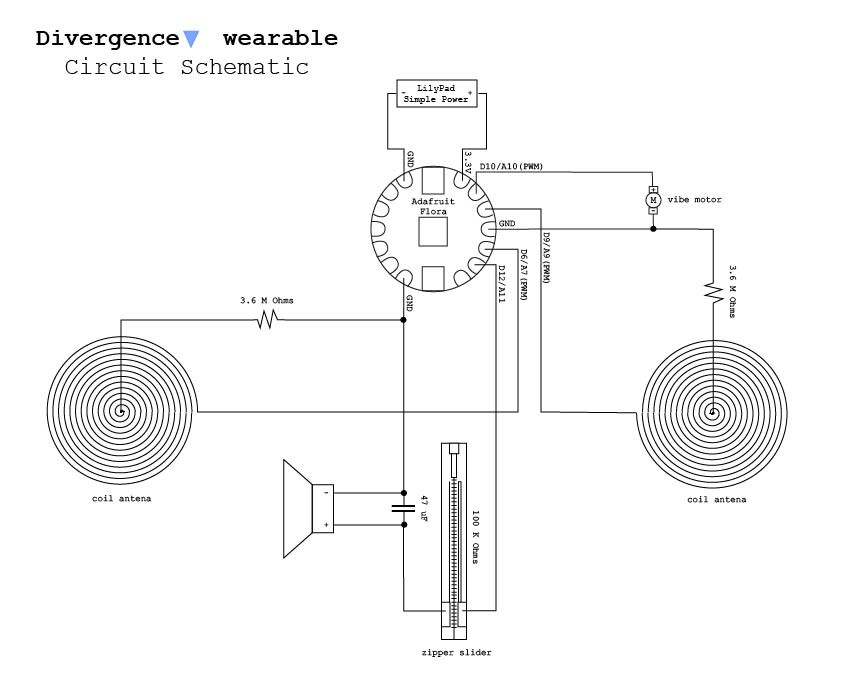






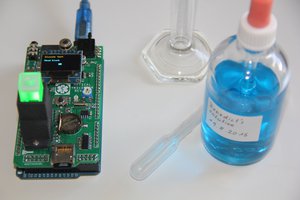
 M. Bindhammer
M. Bindhammer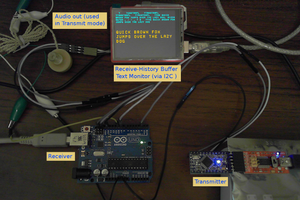
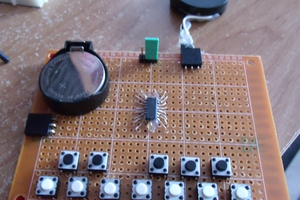
 Jacques
Jacques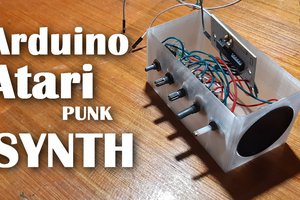
 Arnov Sharma
Arnov Sharma
good idea. I'll test it for my goth harness product. Can you share the source file.